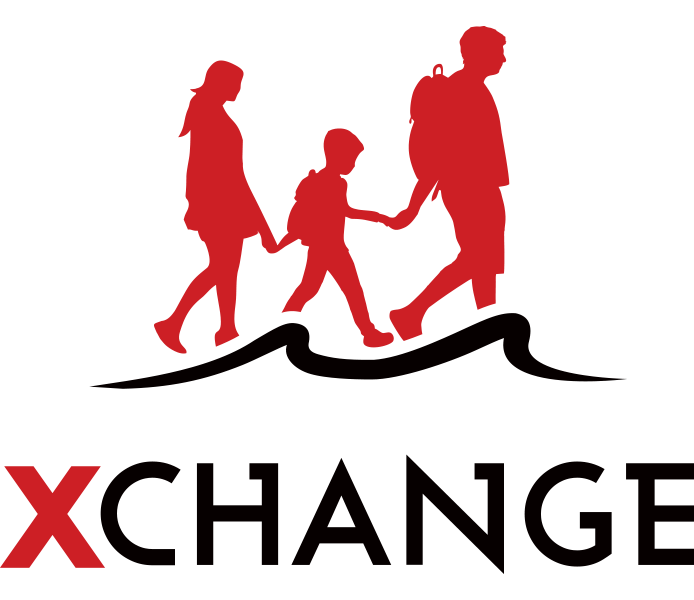FOLLOW UP ON ETHIOPIA: HUMANITARIAN CONSEQUENCES, DISPLACEMENT AND FOOD SHORTAGES
POLITICAL CONTEXT
In Ethiopia, tensions between the national government and the Tigray People’s Liberation Front (TPLF) date back to 2018 and escalated into war in early November 2020 when the country’s Prime Minister launched a military campaign in the northern Tigray region hoping to annihilate the regional ruling party, the TPLF. Exactly one year later, in November 2021, the conflict escalated once again, and a wave of fear spread across Addis Ababa when fighters from Ethiopia’s northern region of Tigray surged towards the capital, captured two strategic towns of Dessie and Kombolcha, and threatened to advance towards the capital. The government led by Prime Minister Abiy Ahmed declared a 6 months-long state of emergency in the country and he first called on the citizens to pick up arms to defend the capital and later moved to the battlefront to personally command his troops. In addition, the government authorities accelerated their campaign against Tigrayans and their sympathizers: house-to-house searches have been launched and Tigrayans have been seized off the streets, in their homes and even in workplaces -including banks, schools and shopping centres.
The war, which has left thousands of deads and forced millions to escape from their homes, has recently shifted. The Prime Minister Abiy Ahmed has pulled off a military reversal, halting the rebel march less than 100 miles from the capital. As a consequence, after attempting to advance on the capital Addis Abeba, the Tigrayan forces have started retreating into their region. His successful strategy was dictated by the engagement of civilians in the fight and by the usage of a fleet of armed drones imported from the United Arab Emirates, Turkey and Iran: drones not only targeted rebels and killed dozens of civilians, but also hit refugee camps in Tigray.
THE CONSEQUENCES OF THE CIVIL WAR
As conflict spreads, the humanitarian situation has reached disastrous levels with more than five million people in need of humanitarian assistance in Tigray. According to the UN’s emergency aid coordination body (OCHA), in this region an estimated 9.4 million people need food assistance, but trucks with nutritional supplements and humanitarian aid have not entered the country since October last year. The conflict and its consequences have spread across neighbouring regions in Ethiopia and is rapidly spreading across the country, affecting the lives of million innocent people forces to bear the burden of the conflict and consequent humanitarian crisis.
Despite him winning the Nobel Peace Prize, Prime Minister Abiy Ahmed’s international reputation has been battered by a year-long civil war that has led to reports of human rights violations, massacres, and widespread famine across the country’s population.
FAMINE
In Tigray, a region of 6 million people that remains under a de-facto blockade because of the ongoing tensions and escalated violence, famine remains a huge concern. According to the World Food Program, after more than 15 months of conflict, 83% of people are food insecure and almost 40% of Tigrayans are suffering an extreme lack of food. Ethiopian families, who rely almost exclusively on cereals, have started adopting worrying and desperate strategies to feed themselves; these include portioning their food rations and the number of meals they eat per day. Families in northern Ethiopia are getting less than 30 percent of their caloric needs and are suffering from severe to very severe levels of hunger. In terms of nutrition, it has been found that, 13% of Tigrayans children under 5 years old, and half of all pregnant and breastfeeding women, are malnourished. The severe consequences of these worrying data include poor pregnancy outcomes, low-birth weight, stunting and maternal death. While at the beginning of the conflict in October 2020, an estimated 93% of people had little or no experience of hunger, now less than half (45%) can say the same.
More than one-third of Tigrayan households have reported that their main source of food was through community-based support, meaning direct in-kind donations, but also loans, purchases on credit or begging. International and non-governmental organizations are doing all they can to ensure convoys of humanitarian aid, including medicines and nutritional supplements make it through the frontlines, but the ongoing conflict and hostilities make it difficult for them to access the region. In fact, it is since mid-December no humanitarian convoy was able to reach Tigray.
DISPLACEMENT
Since the war began, and with the deteriorating security situation due to ongoing conflict and violence in Tigray, more than 2.2 million people have been displaced from their homes and have moved in other regions in Ethiopia or decided to cross the border into neighbouring countries, including Sudan. As reported by UNICEF, of the 60,000 Tigray citizens who moved to Sudan, 18,000 are children.
Besides food insecurity and malnutrition, humanitarian national and international organizations are concerned about poor hygiene and illnesses outbreaks in overcrowded refugee camps. Refugees hosted in the camps are in dire conditions and desperately need food, shelter, adequate sanitation and clean and safe water. In addition, of particular concern, is the safety and wellbeing of thousands of Eritrean refugee camps in of Mai Aini and Adi Harush in Tigray region, as well as the Berhale camp in Afar region which has been most recently affected by the spread of the conflict.
HEALTH CARE FACILITIES AND EDUCATION
Attacks on health care facilities are, unfortunately, not uncommon in war. Yet, the rate and scale of the destruction of Tigray’s health system is severe. As reported by the Global Citizen, before the conflict begun, there were 47 hospitals in the Tigray regions, 224 health centres, 712 health posts and 269 functional ambulances. With the escalation of the conflict, almost 70% of the hospitals and health centres in the region have been destroyed, partially or entirely. The remaining facilities are barely functioning due to lack of personnel and medicines. As a result, over 3.9 million people in Northern Ethiopia are left with no access to basic health facilities and essential medical services. What the destruction of medical facilities in the region has demonstrated, is that the scale and nature of the attack is not limited to the cause of war, but it is intended to cause medium to long term challenges to the post-war rehabilitation process.
In addition to attacking health care facilities, also schools have been targeted. 7,000 education facilities have been damaged in the midst of the war and, as reported by the United Nations, 1.4 million boy and girls have been deprived of their fundamental right to education and have been severely impacted by school closure in the Northern regions of Ethiopia. The situation has been additionally worsened by the recent Covid-19 pandemic and its devastating effect.
CONCLUSIONS
The UN humanitarian agency has stated that, since mid-July, less than 10% of the needed humanitarian supplies – including medicines and fuel – have entered Tigray since 15 December 2021. Unfortunately, however, all non-governmental organizations, local or international, operating in the region do not have any more fuel to deliver the little humanitarian supplies of food and medicines and started doing it on foot. In addition to the scarcity of fuel and the impossibility for humanitarian aid supplies to access the Tigrayan region, Addis Abeba government have imposed bureaucratic obstacles, including intrusive personal searches and confiscation of items (as personal medications) before visits to Tigray. These measures impose extraordinary operational challenges to all actors involved in the delivery of humanitarian aid.
Ethiopia’s foreign ministry is doing its best working with aid partners to facilitate daily cargo flights to Tigray to “transport much-needed medicines and supplies”, but only recently humanitarian aid started flowing “regularly” in country. In January 2022, the International Committee of the Red Cross was able to deliver two rounds of medical supplies to Tigray. In February, the World Health Organization has airlifted 10 metric tons of medical supplies – including essential medical and personal protective equipment, antibiotics, medicines for malaria and diabetes, including insulin, and medicines and supplies for reproductive health – to Tigray for the first time since July 2021.
Despite international requests to end the conflict, the violence persists, threatening to tear apart Ethiopia, to destabilize the volatile situation in the Horn of Africa region and to deteriorate the already dire humanitarian situation. All parties involved in the ongoing conflict in Ethiopia must agree to a humanitarian ceasefire and formally agree to the establishment of transport corridors so that aid supplies can enter the regions of Tigray, Amhara and Afar.



